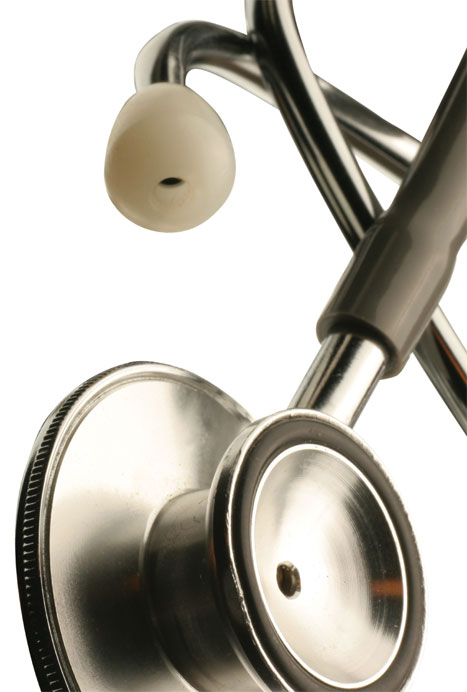
As technology continues to produce numerous devices, one field that has benefited greatly has been the medical profession. With treatment becoming more specialized in all facets of medicine, various types of medical devices are now being used to treat patients who may be suffering from anything from the common cold to cancer and other ailments. Because of this, medical professionals everywhere are now looking at the medical device trends that will become more commonplace in 2017. Whether it’s mobile apps, bioelectronics, or other innovations, here are some examples of medical devices that will undoubtedly be relied upon more and more in the years ahead.
Top Medical Device Trends for 2017
Bioelectronics
Sounding like science-fiction, bioelectronics is a medical device trend that appears to have almost unlimited possibilities. Pill-sized implants that work by adjusting nerve signals, they are inserted into a patient through what’s known as keyhole surgery and then attached to a nerve. While more clinical data is needed to determine its success rate, most medical professionals are encouraged by the early results.
Mobile Drug Apps
As drug manufacturers look for ways to give their products a competitive edge, some companies are introducing mobile apps to go along with their drugs. With more and more consumers relying on their smartphones for medical information, companies are now developing mobile apps that will let patients view information about their prescriptions on their phones. Along with viewing information about their drugs, patients will also be able to connect with their doctor or pharmacist to ask questions when needed.
Collaborative Care
Empowering patients to retain their independence while also avoiding repeated hospitalizations, collaborative care devices are becoming more popular with medical professionals across the nation. With companies such as Reliq Technologies developing system platforms that allow a patient’s entire care team to be linked, it will be possible for numerous people to check in on a patient’s progress and ensure all is well. For example, this system can not only schedule a patient’s medications, but then allow members of the healthcare team to check in to ensure everything is well.
Robotic Surgeons
In the years ahead, many surgeries are expected to be performed not by humans, but by robots that have been programmed using artificial intelligence. As surgeries become more complex and require longer and longer sessions, many hospitals are looking to robots to perform these endurance sessions, while humans act as advisers to ensure all goes well. Whether it’s a simple surgery or a complex procedure, this is considered the wave of the future.
Artificial Organs
Whereas years ago artificial organs seemed like a fantasy, today’s technology has made this a reality. Hearts, livers, and other vital organs can now not only be made, but in some cases implanted into patients and work just like the real thing. Made using extremely advanced 3-D printers, artificial organs are expected to make a tremendous difference in saving patient’s lives. Because of this, more and more medical companies are now investing millions of dollars in this technology, hoping to cash in before the market becomes saturated.
Wearable Mobile Technology
To help doctors monitor patients as well as make it easier for patients to keep track of their own health, wearable mobile technology is expected to make great strides in 2017. Aimed to promote patient compliance, the devices will enable doctors to monitor whether a patient is taking medication, performing exercises, or monitoring their blood sugar on a regular basis. With companies such as Zion Research and Biotricity expected to lead the way, more and more patients can expect their doctors to offer this technology to them and their families in 2017 and beyond.
Learn more about Medical Device News.
